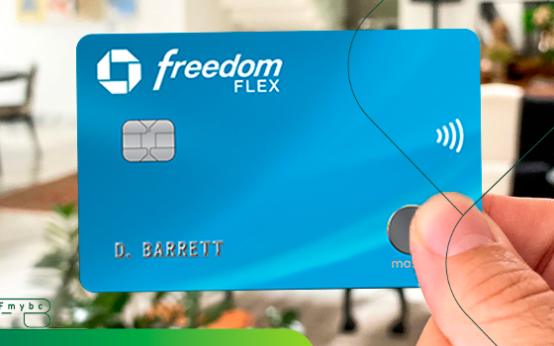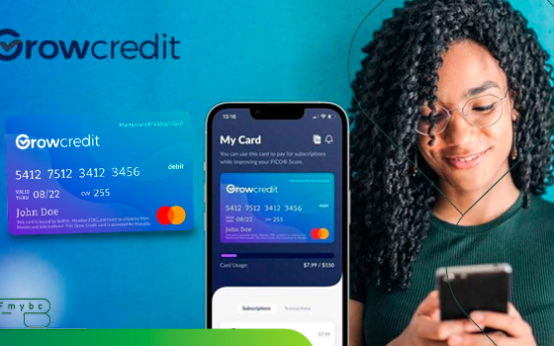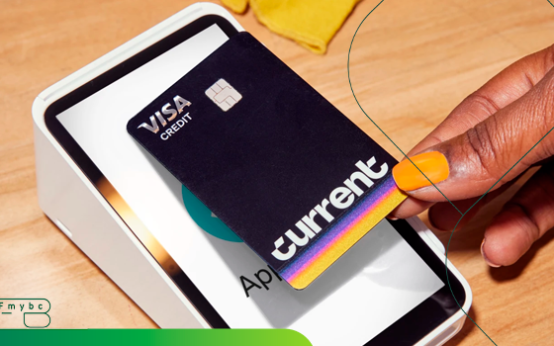Don’t you have a credit card and don’t know which one is the best? Probably you already know that the best option is a student card or a secured card, but don’t know the difference between them.
Although both types of cards are just like other credit cards in your wallet and on your credit score, they have some particularities that make them unique, especially as a first card.
Below, we’ll explain the benefits and drawbacks of student cards and secured cards. So keep reading to find out what fits your needs best.
Student card
Student cards are traditional unsecured credit cards. This means you don’t need to pay a security deposit to get one, but usually they give a lower credit limit.
For instance, the credit limit average for Americans is $31,015, while the college student can expect a more modest initial credit limit of $500 to $1,500. Actually, some student cards offer only $100 or lower.
The problem is if you use more than 30% of the credit limit in any billing cycle, you may hurt your credit score. This could be a challenge because it’s good for your score to keep a low credit utilization.
Perks
- Traditional unsecured credit cards.
- No security deposit is required.
- Age may not matter, as long as you’re a student.
- The average APR is around 16% – slightly lower than other cards.
- Some student cards offer cash back rewards.
- Many student credit cards have no annual fee.
Drawbacks
- Initial lower credit limit.
- Credit history may be required in order to qualify.
- You must prove sufficient income.
Considering a student card? You need to ask yourself:
- “Who qualifies for a student card, and do I fit that profile?” – Card issuers will verify your enrollment during the application process.
- “How long can I retain a student card?” – Some cards, such as Discover, allow you to keep a student card for life.
- “If I want a higher credit limit later on, how does that work?” – It’ll depend on the card and the applicant.
Secured card
With a secured card, you control your credit limit because it’s determined by the amount of security deposit you do. But sometimes card issuers give you a little more than that.
For instance, Capital One Platinum Secured Credit Card gives an initial credit limit at $200, however the security deposit can be $49, $99 or $200, depending on your credit history and credit score.
Therefore, what’s the difference between a secured card and a debit card? The security deposit won’t cover purchases until you reload the card like a debit card. Instead, you need to pay all your purchases you make on the card in addition to the security deposit. That deposit is just a way to put the card in your hand.
If you want a secured card, you need to look for cards that can be converted to an unsecured card and refund the security deposit.
Perks
- Work like traditional credit card cards.
- Easier to get with little or no credit.
- Open up the path to graduate to an unsecured card.
- If you can establish a positive payment history, your card issuer may extend your credit limit.
Drawbacks
- You make a security deposit as collateral to secure the credit line.
- Card issuers keep that security deposit until you close the account and pay off all your charges.
- You must have sufficient income to qualify, despite the deposit.
- Annual fees are common.
- Many secured card issuers run a credit check.
Questions to ask potential issuers when considering a secured card
- “What’s required to retrieve my deposit when the time comes, and how long does that take?” – Card issuers’ rules may differ so it’s important you know this information before you sign up.
- “How quickly can I increase my credit limit?” – Some cards give you access to a higher credit line after making your first five payments on time.
- “How easy is it to turn my secured card into an unsecured card?” – Some cards automatically review the account monthly to see if it qualifies for a transition to an unsecured line of credit. If it does, you simply get back the deposit and keep the same card and account.
Your first card is a keeper
Now that you know all the student cards and secured card pros and cons it’s easier to know which one is the best for you. Keep in mind that there is no such thing as the best card, it will be the one that best fits your needs and goals.
Even if you want to graduate to a more “grown-up” card in the future, you may want to keep your first card open for a long time. Closing your oldest card can impact your length of credit history, which accounts for 15% of your FICO score.


 Chase Freedom Cards: How to Choose, Use, and Save <p style='font-size:14px;'>Dive deep into Flex, Unlimited, and Rise to earn more and spend smarter</p>
Chase Freedom Cards: How to Choose, Use, and Save <p style='font-size:14px;'>Dive deep into Flex, Unlimited, and Rise to earn more and spend smarter</p>  Revisión De La Tarjeta Grow Credit Mastercard <p style='font-size:14px;'>Si buscas una manera efectiva y sin riesgos de mejorar tu crédito, la tarjeta Grow Credit Mastercard es una excelente alternativa.</p>
Revisión De La Tarjeta Grow Credit Mastercard <p style='font-size:14px;'>Si buscas una manera efectiva y sin riesgos de mejorar tu crédito, la tarjeta Grow Credit Mastercard es una excelente alternativa.</p>  Revisión De La Tarjeta de Crédito Current Build Visa <p style='font-size:14px;'>Si estás listo para tomar el control de tus finanzas y mejorar tu crédito, la tarjeta Current Build Visa es tu mejor opción. </p>
Revisión De La Tarjeta de Crédito Current Build Visa <p style='font-size:14px;'>Si estás listo para tomar el control de tus finanzas y mejorar tu crédito, la tarjeta Current Build Visa es tu mejor opción. </p>